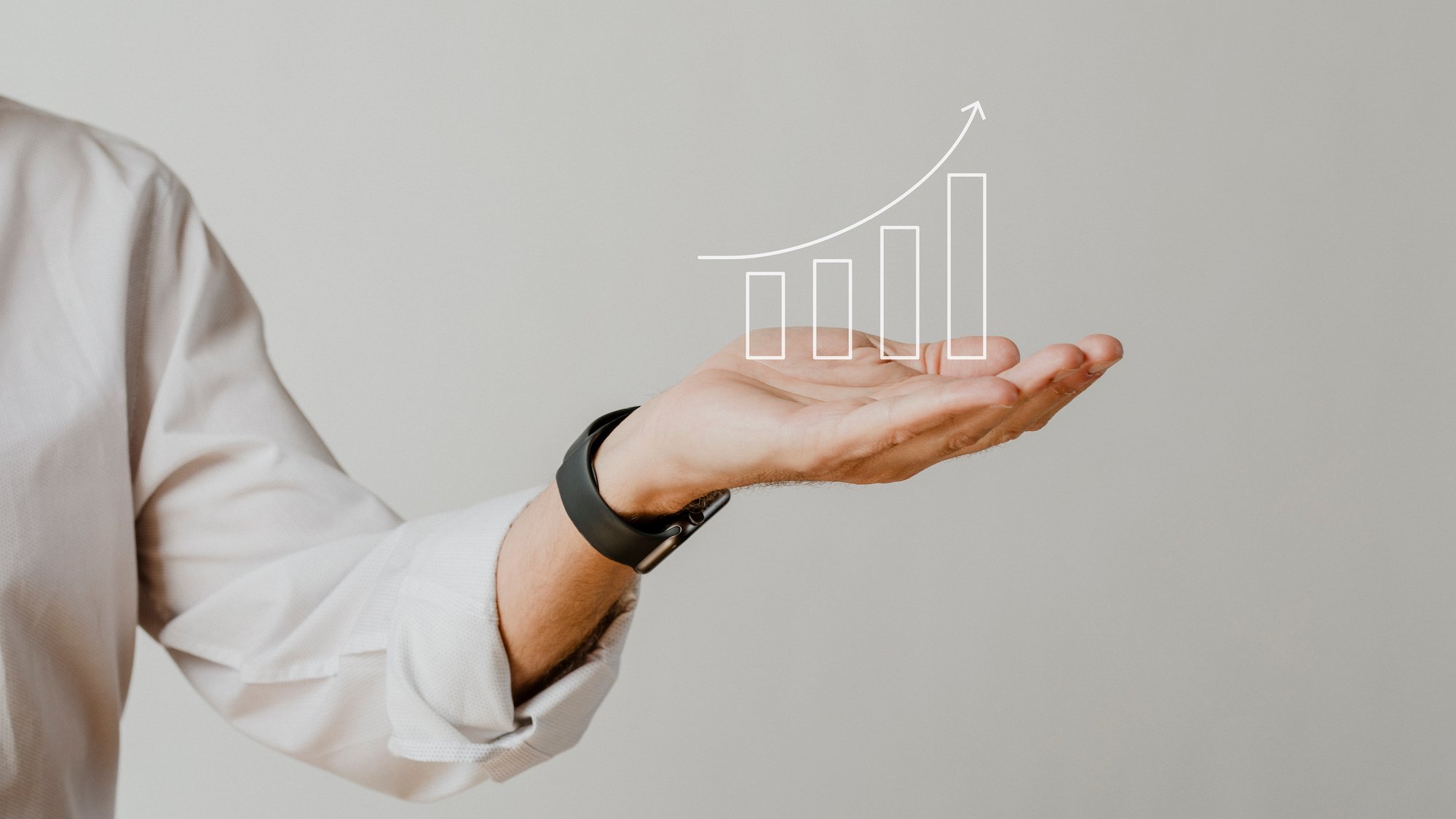ON PERSONAL FINANCES || The Best Passive Financial Advice I've Gotten and Why I'm Not Stressed About the Market

They say that no matter where you put your money right now you are unlikely to beat inflation.
The sad thing is it’s true.
Watching interest rates skyrocket in mere months and seeing my food expenditures soar by first ten, twenty, then thirty percent since late last year has taken my financial mood swings to an all new high. And that’s when I’m not even active in the markets.
I think this may be what has saved me from the fear that is now prevalent in the market; I invested only with the funds that wouldn’t hurt my finances and my ability to carry on with my normal life. Some may call me a conservative investor, and that I am, but having a plan to save for a rainy day and setting aside only a small portion of funds for investing has saved me from the panic that others may be feeling now.
I want to share with you the best piece of advice I ever got from a friend. It’s super simple. Over ten years ago he told me about how he saved, and I admit that I took action on this easy step much too late, but it’s better than never getting started.
Ready?
He opened a savings account and automates his banking to deposit a portion of his salary from every paycheque to this savings account. He recommends setting it up at a different bank than the one that you use for your day-to-day expenditures, so that you don’t try to dip into the savings whenever you face a small hurdle in your finances.
Hypothetically, let’s say that ten years ago he started this savings habit, and each month he put aside $300. How much would he save today? The baseline savings he would have if he never touched the savings account would be $36,000. Now, let’s assume that there’s an interest rate on that he’s earning on those funds. While I love doing the math I would rather rely on readily available tools like compound interest calculators to help figure out the numbers. Reference the screenshot below to see the parameters that I set. My friend is pretty savvy with his savings so I would assume he went with an online bank that’s offered around 2% annualized interest on his savings.
The scenario where my friend is saving 10 years and he’s automatically adding $300 bi-weekly from his paycheque to his savings account.
It’s a pleasant surprise to have more money after a few years if you leave the money to grow by itself. No matter what amount you can set aside, it’s better than spending that same amount, even if it’s just $50 or $100 per month.
In my friend’s sample scenario, he would have earned about $8000 in interest and also increased the amount he has saved aside for a rainy day fund. In the current market that we are in now, having some emergency funds set aside is super important. A recent survey by bankrate.com showed that 53% of Americas have savings in an emergency fund that are higher than their credit card debt. If you think of your finances as if you were operating as a company, with forecasted tougher times ahead you probably don’t want your debt-equity ratio to be higher than 1 : 1. If anything, do what you can to pay off debt because interest rates on borrowed funds are likely to continue going up!
This is truly one of those things you could set it and forget it, which is what I’ve done for the past 3 years and now I can also rest assured I have some savings set aside for emergencies. Get out to your bank today to get this done!
I’m sure you guys are hoping to test out what you could set aside to generate your target interest goals, so here’s the link that I used for the calculations in this post. I hope this helps those of you who are trying to get into the habit of saving and relieves some financial anxiety and stress in the mid to long term.





